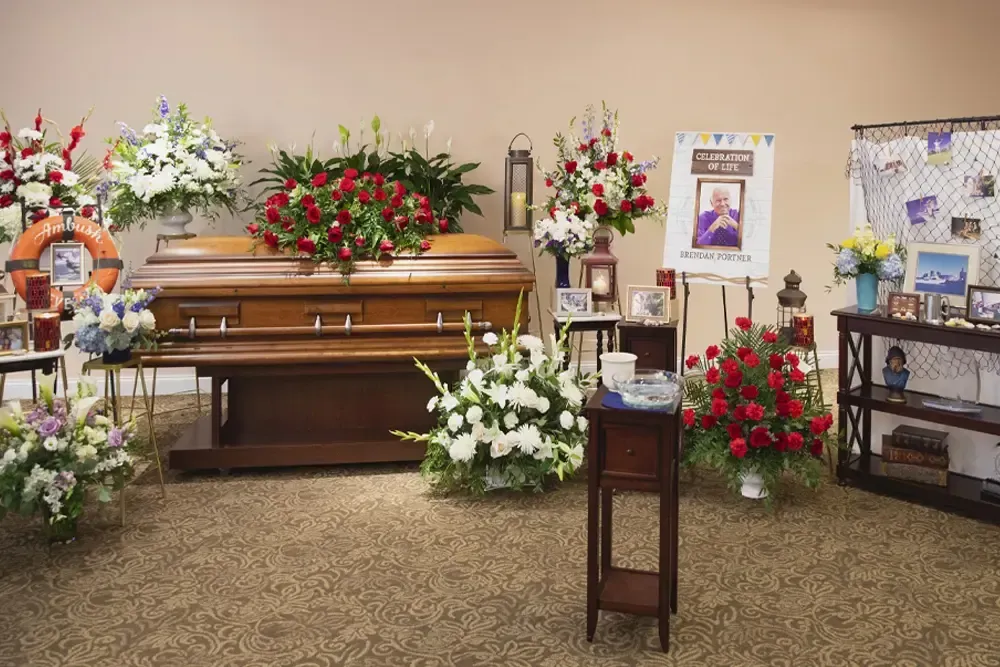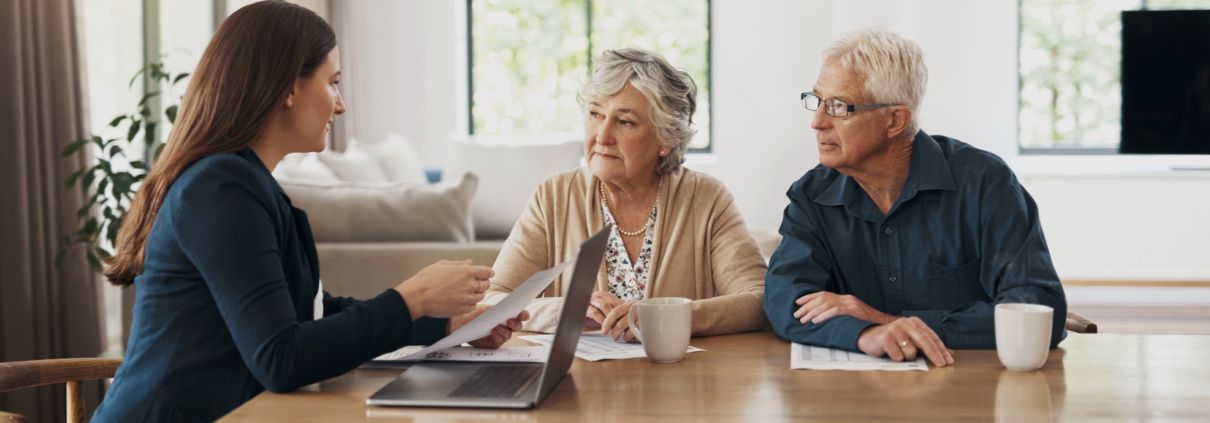May 23, 2025
Understanding Cremation: A Professional Overview
Cremation has been practiced for thousands of years and continues to be an integral part of many
cultures and belief systems. While it is mandated by some religions, it is prohibited by others.
Governments, tasked with safeguarding public health and community standards, regulate both
cremation and burial practices. Fundamentally, both cremation and burial serve the same
purpose—returning the body to the earth. Cremation achieves this process rapidly, and burial is
more gradual. Legally and culturally, both are accepted methods of final disposition, though
cremation often raises more questions for families.
Cremation takes place in a specially designed facility within a unit known as a cremation
chamber, retort, or cremator. Only one individual is cremated at a time. The body, typically
clothed or shrouded, is placed in a container made of combustible material before being
introduced into the chamber.
The cremation process usually takes between two and three hours, depending on the size of the
individual and the heat capacity of the chamber. The internal temperature typically ranges
between 1,500 and 1,900 degrees Fahrenheit, effectively reducing the body to basic elements,
primarily bone fragments. Once the process is complete and the chamber has cooled, the remains
are carefully swept from the chamber. Metals are separated and removed, and the remaining
bone fragments are processed into a coarse, gravel-like consistency. The final result is a grayish-
white material that is more granular than fine ash or dust.
On average, cremation yields four to six pounds of remains. The individual’s height has a
greater impact on the volume of remains than weight. Chemically, cremated remains consist
largely of calcium carbonate.
Families have several respectful and legal options for handling cremated remains, and it is
essential, though often overlooked, to have a plan in place that honors the deceased and provides
peace of mind for loved ones.
Alkaline Hydrolysis, better known as Aquamation is another form of cremation.
Alkaline hydrolysis, also known as water cremation or aquamation, is a process that uses water,
heat, and an alkaline solution to dissolve human remains. It's an alternative to traditional
cremation, offering a potentially more environmentally friendly option.
How it works:
The deceased is sealed in a stainless steel chamber.
A heated solution of water and an alkaline compound (often potassium hydroxide or sodium
hydroxide) is circulated around the body.
The combination of water, heat, and alkalinity gently breaks down the soft tissues, leaving
behind bone fragments.
The remaining bone fragments are processed, similar to traditional cremation, to produce
fine ash.
The liquid solution is processed at a water treatment facility and can be returned to the
natural environment.
Benefits:
• Environmental:
Alkaline hydrolysis is generally considered more environmentally friendly than traditional
cremation, as it requires less energy and doesn't produce the same emissions.
• Lower energy consumption:
It uses significantly less energy than traditional cremation.
• No toxic emissions:
It doesn't produce the same amount of toxic emissions as traditional cremation.
• Reduced burial space:
It can be a good alternative for those seeking to avoid traditional burial.
Considerations:
• Religious or cultural beliefs: Some may have reservations about this process due to
religious or cultural beliefs.
• Cost: The cost of alkaline hydrolysis can vary depending on location and the specific
service provider.
• Availability: It's not yet widely available in all areas.
Disposition Options Include:
• Cemetery Burial: Many cemeteries permit the burial of cremated remains in an existing
family grave site, allowing for shared space and a designated place of remembrance. This
can be a cost-effective option.
• Scattering or Sea Burial: Ashes may be scattered on private property or buried at sea.
For maritime disposition, families should refer to the U.S. Environmental Protection
Agency guidelines at epa.gov. Funeral homes often partner with specialized services to
ensure legal and respectful sea burials.
• Urns and Memorial Keepsakes: Cremated remains may be kept in a traditional urn or
divided among family members using keepsake urns or memorial jewelry. This option
allows for a deeply personal form of remembrance.
Navigating these choices can be overwhelming, but support is available. A funeral director or
advanced funeral planner can offer invaluable guidance. These professionals typically provide
consultations at no cost and can ensure that your loved one's final wishes are carried out with
dignity and care.
Our Blogs











